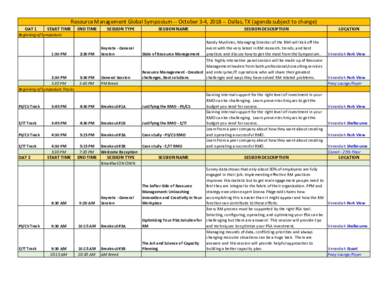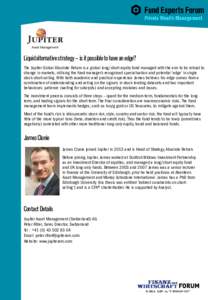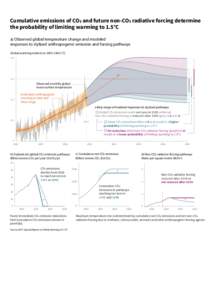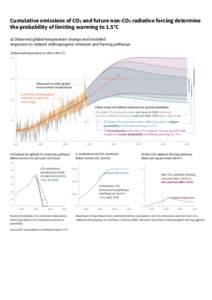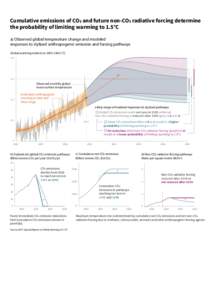<--- Back to Details
| First Page | Document Content | |
|---|---|---|
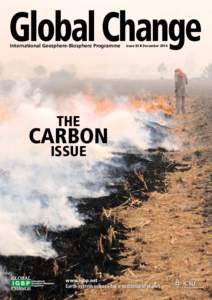 Date: 2015-11-26 04:27:10Climate change Environmental science Climate history International Geosphere-Biosphere Programme Systems geology AIMES Future Earth Global change Global Carbon Project Global Land Project Diversitas PAGES |
Add to Reading List |
 Global Change International Geosphere-Biosphere Programme Issue 83 ❚ DecemberTHE
Global Change International Geosphere-Biosphere Programme Issue 83 ❚ DecemberTHE